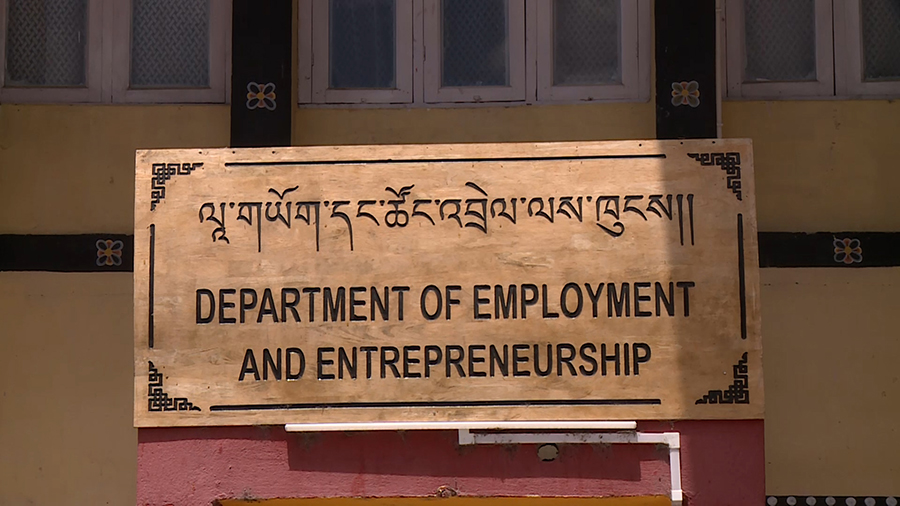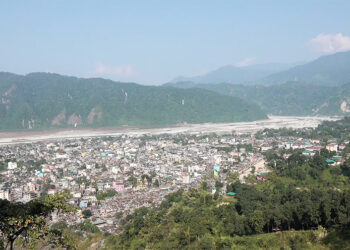 To strengthen the National Reintegration Programme, the Department of Employment and Entrepreneurship is planning to identify job opportunities for returnees. The department plans to collaborate with government agencies, the private sector, and training institutions to identify opportunities that require diverse skills and educational backgrounds of returnees. Since its launch in 2023, the reintegration programme has secured employment for only 28 returnees.
To strengthen the National Reintegration Programme, the Department of Employment and Entrepreneurship is planning to identify job opportunities for returnees. The department plans to collaborate with government agencies, the private sector, and training institutions to identify opportunities that require diverse skills and educational backgrounds of returnees. Since its launch in 2023, the reintegration programme has secured employment for only 28 returnees.
More than 560 Bhutanese abroad have registered with the National Reintegration Programme since its launch in 2023.
Of them, around 170 are already back in the country while the remaining are still abroad, aspiring to return.
The 28 returnees who secured jobs are employed in the hospitality and service sectors.
The Department of Employment and Entrepreneurship says it is facing difficulties providing suitable jobs to the returnees.
“A major challenge for the government right now is tracking those who return. We need to understand who is coming back, with what skills and qualifications, and how we can tap into the potential they’ve developed abroad,” said Tshering Yangki, the assistant programme officer with the Department of Employment and Entrepreneurship, MoICE.
She added that a mismatch in skills and job expectations is the biggest hurdle.
The challenges of reintegration were a key focus at the South Asia Labour Mobility Conference, held in Thimphu over the past two days. The conference brought together more than 15 countries to share case studies, policies, and strategies related to reintegration.
At the conference, the Department of Employment and Entrepreneurship shared its plans for strengthening the National Reintegration Programme.
Tshering Yangki said, “When they return, it is time for us to make their talents, skills, and a wide range of educational experience match the labour market of our country. It is time for us to implement the learnings from the two-day conference and make the national reintegration programme very robust, which will be able to tap the skills.”
Bhutan’s diaspora makes up 10 per cent of its working-age population.
As of 2024, around 37,000 Bhutanese are in Australia, and 11,000 in the Middle East countries for employment.
According to the World Bank’s Chief Economist for South Asia, Franziska Ohnsorge, this large diaspora can be an asset, bringing not only remittances and money but also knowledge and skills.
She said, “Now we want to double down on working with Bhutan to make migration a win-win for all. It is very heartening to see where the Bhutanese migrants go and who goes. It’s a kind of diaspora that brings a lot of benefits. They accumulate skills and can bring home a lot if you have a strategy in place to use them both while they are abroad or bring them back. ”
 The reintegration programme aims not only to bring Bhutanese living abroad back to the country but also to make use of their skills and knowledge they have acquired working and studying abroad. By providing appropriate employment opportunities, the programme seeks to turn Bhutan’s diaspora into a valuable asset for the nation’s future growth and development.
The reintegration programme aims not only to bring Bhutanese living abroad back to the country but also to make use of their skills and knowledge they have acquired working and studying abroad. By providing appropriate employment opportunities, the programme seeks to turn Bhutan’s diaspora into a valuable asset for the nation’s future growth and development.
Sangay Chozom
Edited by Sangay Chezom








